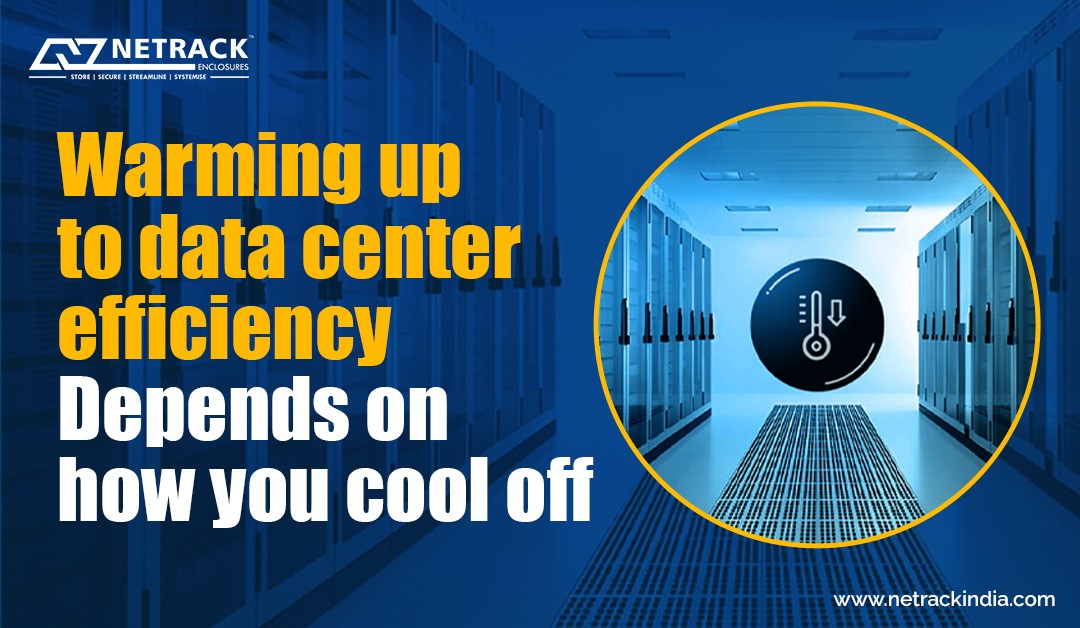
Warming up to data center efficiency depends on how you cool off
A data center hosting critical IT equipment requires an efficient air flow management strategy to ensure the overall efficiency and sustainability of the data center. Hence, a significant part of the data center’s power is consumed to assure that the servers and equipment are cooled with advanced cooling technologies and optimal cooling solutions. This guarantees equipment protection and empowers the data center to meet the uptime goals in a cost-efficient manner.
Need for temperature regulation
Maintaining the right temperature and Humidity is quite a struggle for data center designers and managers. However, it is critical to ensure a maintained temperature/Humidity to ensure Equipments are working at Optimal condition. The airflow and temperature regulation problems occur due to varying density requirements of each cabinet in the data center. Issues in maintaining the temperature also occur due to improper cabling and patching work. As it is understood that with every watt of power consumed, it transforms into heat.
Facts and real-time problems that can’t be ignored!
In an attempt to appropriately redirect the hot air through an exhaust, the data center uses cooling solutions to physically separate cold and hot aisles containment by installing an efficient airflow management system. However, the airflow management and containment systems also have disadvantages that can result in a hot spot effect. Such an effect can be identified with temperature fluctuations in certain areas of the data center.
Here it must be mentioned that similar to overheating, overcooling too is damaging for the data center efficiency due to the following reasons.
- It can cause humidity resulting in equipment failure
- It can result in excess energy expenses
The actual percentage of the real-time design load being used decides the energy efficiency of the data center. This is the reason why organizations operate on (80 to 85) % of the design load. Due to high power density, there are couple of examples where the racks are consuming 28~44 kW of Power. Some organizations prefer over-sized design capacity to mitigate risk, however it reduces the energy efficiency of the data center.
Netrack’s offering
Netrack designed the airflow management solution after analyzing the issues faced by the data centers to enhance their cooling efficiency.
Let’s look at the following issues
- Raised floor: Cold air leakage and cable damage due to uneven cutting of the tiles
- Within the rack: Hot cold air mixing due to irregular cutouts for passing the cables
- Inside The rack: Intra and Inter rack cabling issues, Side airflow devices need proper managing.
- Arround the Rack: Results in mixing hot and cold air within a rack.
Netrack’s solution for the issues.
- Brush Tile helps to reduce cold air leakage and cable damage.
- Plinth air seal kit, blanking panels, and brush modules ensures that the hot and cold air is not mixed.
- Brush Module ensures cold air is not escaped while pulling the cables and also will prevent the cable damage.
- Air Seal Kit blocks unwanted cold or hot air from entering through the vent and ensures cold air suction from the front while exhaustion of hot air happens at the back.
- Blanking Panels are filler panels or rack spacers placed within server racks to prevent the mixing of hot and cold air.
Hence, efficient airflow management, containment solution, and reduced energy consumption can ensure the efficient functioning of a data center.




